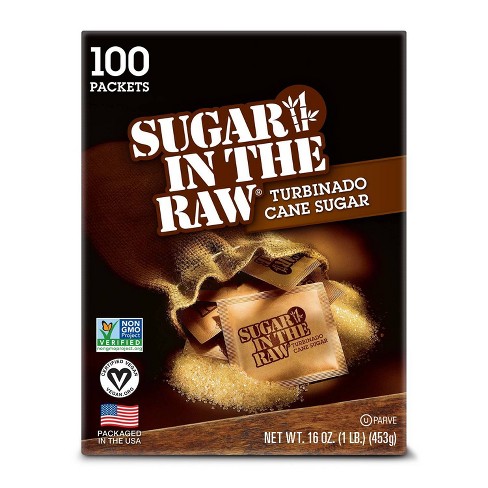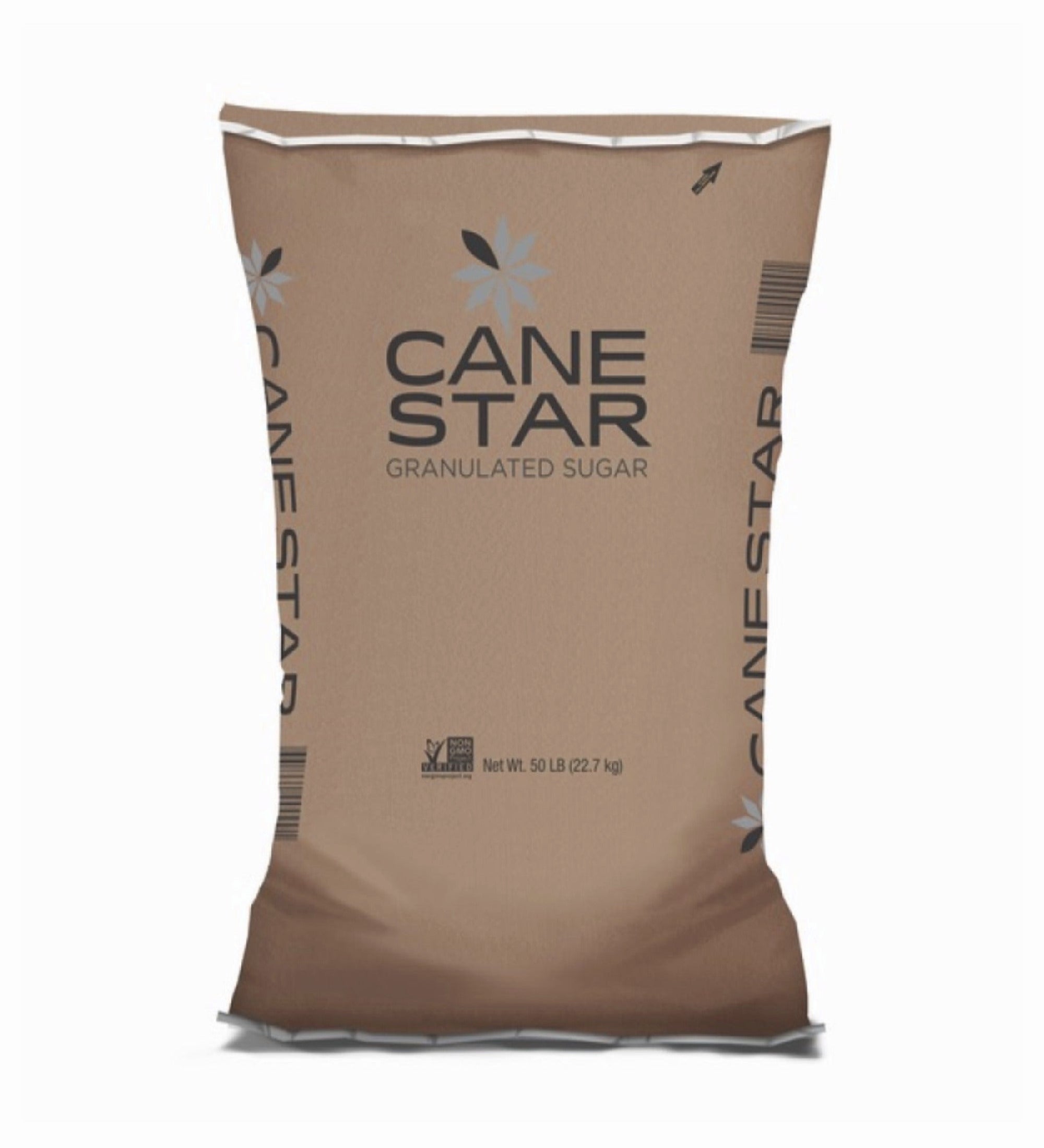Cane Sugar Processing Explained: What Happens Inside a Sugar Mill
Wiki Article
Exploring the Comprehensive Tips Associated With Walking Stick Sugar Handling From Collecting to Improvement
The process of walking stick sugar production includes a series of intricate actions, beginning with the cautious harvesting of sugarcane and finishing in the refinement stages that ensure the end product fulfills market standards. Each stage, from the extraction of juice to the purification and condensation processes, plays an essential role in identifying the high quality and character of the sugar. Understanding these phases not only highlights the complexity of sugar production but additionally raises critical concerns about effectiveness, sustainability, and development in the market. What effects do these factors have for future techniques?Harvesting Sugarcane
Gathering sugarcane is a vital action in the walking cane sugar processing chain, as it straight influences the top quality and yield of the end product. Correct timing and methods are vital during this stage to guarantee optimal sugar material and reduce losses. Typically, sugarcane is gathered when it gets to maturity, typically 12 to 18 months after planting, defined by a high sucrose focus.

Post-harvest, the sugarcane has to be refined promptly to avoid sucrose destruction. Preferably, harvested walking stick needs to be carried to processing centers within 1 day to protect sugar quality. For that reason, efficient logistical preparation is essential to maintain the honesty of the gathered crop throughout the supply chain.
Extraction Refine

The crushed walking cane goes through a series of pressing procedures to make best use of juice recuperation. Commonly, warm water is splashed onto the crushed walking cane, creating a countercurrent circulation that helps liquify the sugar while additionally aiding in the removal procedure. The juice collected from this operation contains not just sugar however likewise different organic substances and pollutants.

To improve removal performance, some centers may employ diffusion techniques, where the sugarcane is saturated in warm water, enabling the soluble sugars to diffuse right into the liquid. The resulting juice, rich in sucrose, is after that routed to succeeding processing stages, laying the structure for filtration and improvement. The extraction process is hence critical in figuring out the top quality and return of the final sugar product.
Filtration Techniques
The purification techniques utilized in cane sugar handling are necessary for changing the raw juice right into a top notch sugar product. These techniques mostly intend to get rid of contaminations, such as soil, plant products, and inorganic substances, which can detrimentally affect the end product's flavor and shade.This process includes including lime and warm to the raw juice, which helps with the coagulation of pollutants. Additionally, the usage of phosphoric acid can boost the clarification process by additional binding impurities.
Another considerable method is carbonatation, where co2 is introduced to the made clear juice. This response generates calcium carbonate, which records continuing to be contaminations and promotes their elimination.
Furthermore, turned on carbon treatment may be used to adsorb any kind of remaining colorants and organic pollutants, ensuring a more polished item. The mix of these techniques successfully prepares the sugar juice for subsequent steps in the refining procedure, establishing the phase for the production of top quality cane sugar.
Formation Techniques
After the filtration stage, the following essential action in walking cane sugar handling involves condensation techniques, which play an essential role in changing the clarified juice right into solid sugar. This procedure typically employs two main methods: spontaneous condensation and controlled condensation.In spontaneous crystallization, supersaturated sugar services find more are enabled to cool normally, resulting in the development of sugar crystals gradually. This approach is less complex yet may result in unequal crystal dimensions and reduced purity levels. On the other hand, regulated crystallization is an extra specific method where seeding, focus, and temperature agents are carefully taken care of. This technique enables the uniform growth of sugar crystals and higher purity.
Throughout formation, the cleared up juice is focused via evaporation, raising its sugar material up until it gets to supersaturation. When this point is achieved, either approach can facilitate the condensation procedure. Cane Sugar Processing. The resultant sugar crystals are after that separated from the remaining syrup via centrifugation
Eventually, the selection of condensation approach influences the high quality, size, and purity of the last sugar product, making this action important in the total walking stick sugar handling procedure.
Refinement and Product Packaging
Just how can the purity navigate to this website and high quality of walking cane sugar be better boosted after crystallization? The improvement process plays a critical function in accomplishing high-grade walking cane sugar.Following, the sugar is subjected to a process called centrifugation, where it is rotated at broadband to separate the detoxified sugar crystals from the continuing to be fluid. After centrifugation, the sugar is often further improved via a method called carbonization or phosphatation, which utilizes triggered carbon or phosphoric acid to remove shade and off-flavors.
Once fine-tuned, the sugar is dried out to achieve the desired dampness material, guaranteeing that it stays secure during storage space and transport. The last action entails product packaging the refined sugar in impermeable and moisture-proof containers to preserve its high quality and stop contamination. Cane Sugar Processing. Correct product packaging not only prolongs service life but likewise promotes simple handling and circulation, making certain that customers obtain sugar that meets the greatest criteria of purity and top quality
Verdict
The detailed steps associated with cane sugar handling, from the careful harvesting of sugarcane to the elaborate refinement and packaging phases, underscore the relevance of each stage in making sure premium sugar production. Optimum harvesting methods, efficient removal approaches, and rigorous filtration processes useful content collectively add to the end product's pureness and stability. The formation and subsequent product packaging methods further enhance the integrity and shelf life of the sugar, highlighting the complexity and accuracy intrinsic in this necessary agricultural industry.The procedure of cane sugar production incorporates a collection of elaborate steps, beginning with the mindful harvesting of sugarcane and culminating in the improvement stages that make certain the final item meets industry standards. Ideally, harvested walking stick needs to be transported to processing centers within 24 hours to protect sugar top quality.In spontaneous crystallization, supersaturated sugar services are enabled to cool down normally, leading to the development of sugar crystals over time - Cane Sugar Processing. The improvement process plays a crucial duty in accomplishing high-quality walking cane sugar.The detailed actions entailed in walking cane sugar processing, from the thorough harvesting of sugarcane to the complex refinement and product packaging phases, emphasize the relevance of each phase in guaranteeing premium sugar manufacturing
Report this wiki page